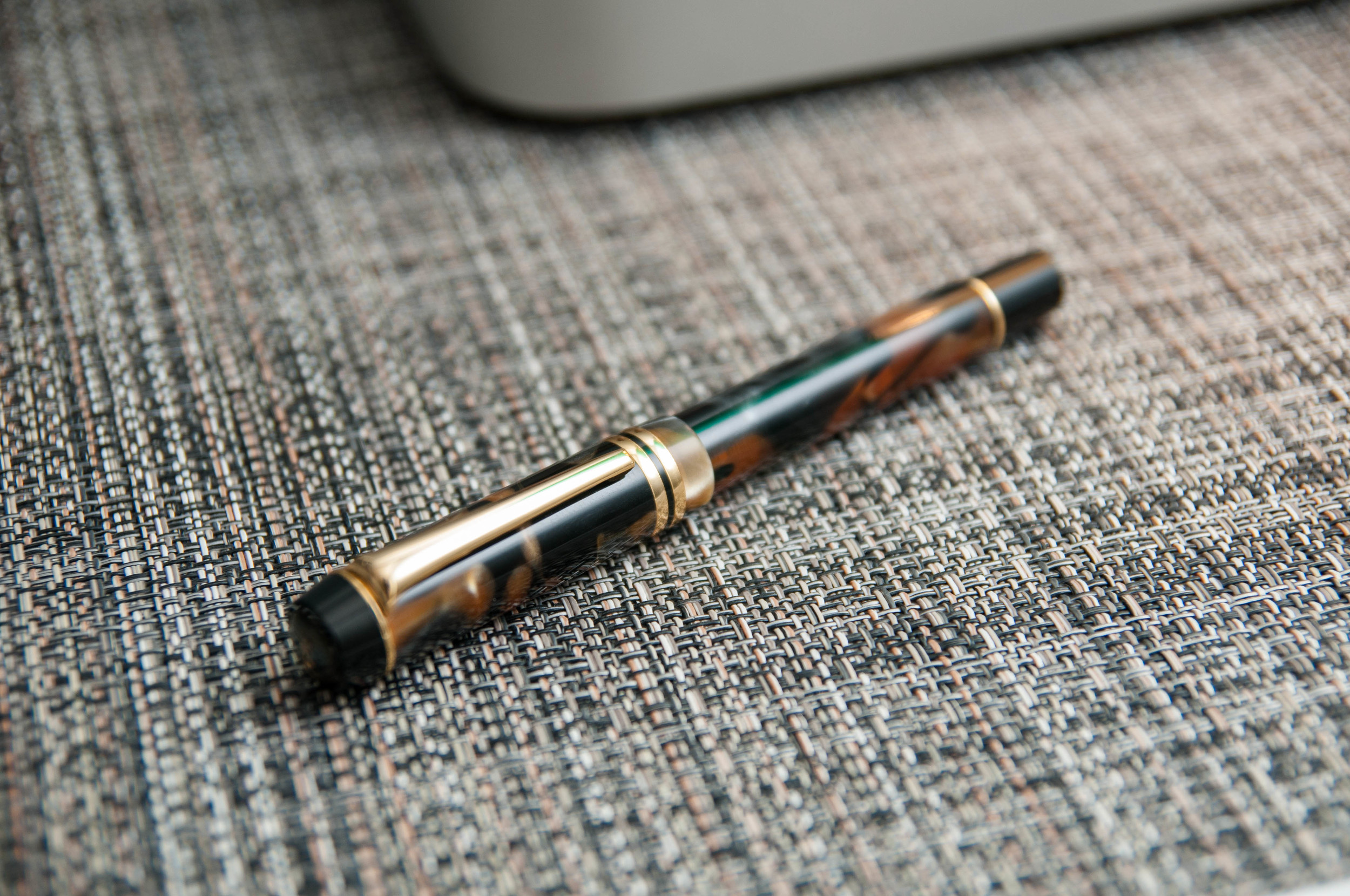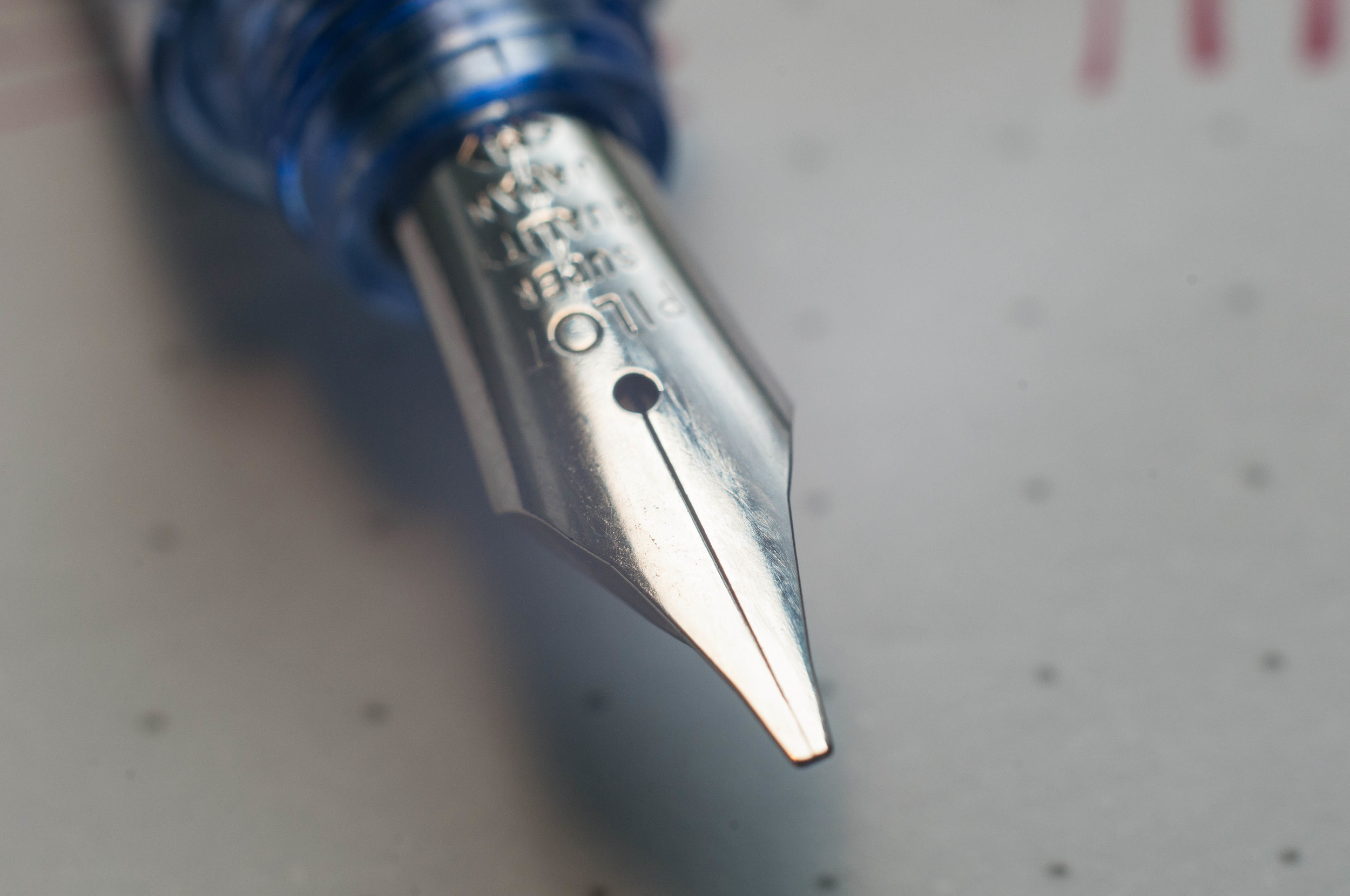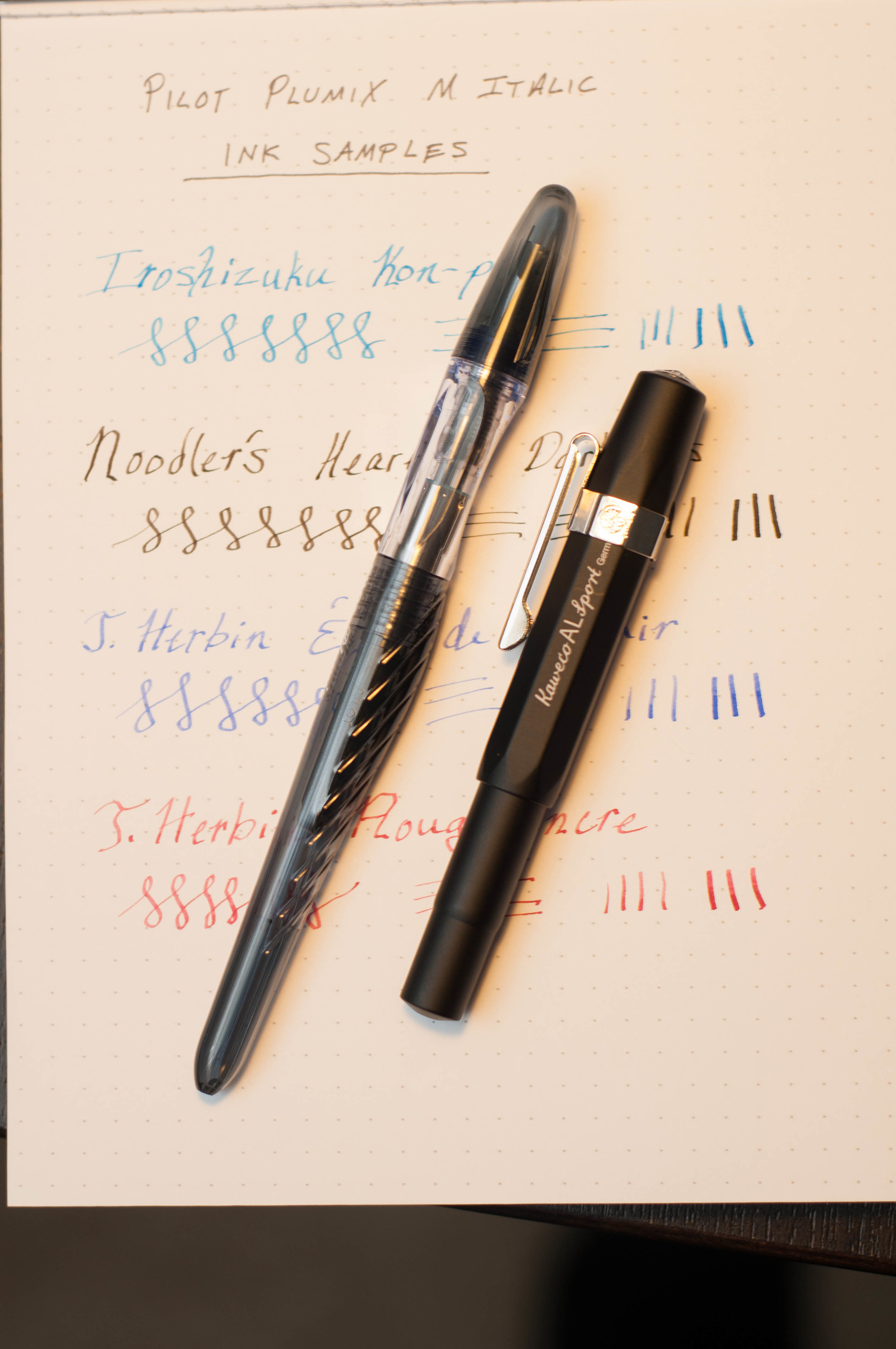After seeing a couple of different reviews about affordable pens from China, I decided to take a chance and order a few. The first one I received was a Kaigelu 316. So, is the price difference worth it? In a word, no – not in this case at least.
A quick explanation
Why did I go out on a limb and buy a $33 pen from China? It's something new to try. Granted, most of the pens you can find on eBay that are made by companies like Kaigelu, Hero, or Jinhao aren't even close to $33. Normally, they're less than $10. I really liked the look of the barrel material in the photos, so I decided to take a chance. There's something so enjoyable about landing a really great deal for something that provides a lot of value. I was looking for the rush of getting something that feels and performs like something that costs 5 times more.
Look and feel
The color of the 316 that I ordered is called "Tiger Eye." It's a blend of warm orange, gray, and black. It looks handsome in soft light, and gives a 3D look because of the different layers of color in the celluloid. The metal accents are a cheap looking gold. There's a large button on the top of the cap with the Kaigelu logo, which is a kangaroo. As far as I can tell, a medium nib is the only option. The pen came with a converter and was packaged in a decorated cardboard box.
The nib has a nice two-tone look with another kangaroo etched into the nib, along with "KAIGELU" just beneath it. I really like the look of the nib.
The pen has a heft to it that was new to me. I've never felt a pen this heavy. To make sure I wasn't imagining anything, I grabbed our kitchen scale to do a few quick comparisons. Turns out, this pen is actually overweight compared to others.
- Kaigelu 316 - 46g (capped), 31g (no cap)
- Lamy Studio - 33g, 24g
- Lamy Vista - 21g, 10g
- Kaweco AL Sport (with clip) - 24g, 13g
As you can see, the uncapped Kaigelu is a tad lighter than the uncapped Studio. I tend to normally write without the cap posted, so this is a pretty accurate comparison for me. Oddly enough, the bulk of the weight in the Kaigelu body is toward the rear of the pen, not the nib section. This can make for an awkward writing feel.
The converter worked great, but it does have one deal-breaker for me. There's a small metal ball bearing inside the ink chamber that tends to rattle around. This makes the pen feel and sound cheap. I assume the bearing is there to keep the ink from clotting, but I can't say for sure.
The cap screws onto the body when capped. On the particular copy of the pen I have, the threads don't have a satisfying "end" when screwing the cap on. On every pen that I have with a screw on cap, there's a very definite end point to the threads. You know for certain when the cap is completely secured and you can't possible turn it any further. This isn't the case with my 316 – it feelsl ike I could continue turning the cap onto the body. I haven't been able to find an "end" to the threads, and I'm always concerned that I'm causing some sort of damage to the pen or that I won't be able to uncap it later.
Writing performance
Yikes. The nib had a serious case of baby's bottom when I first inked it up. After 5 minutes of nib smoothing, it started writing like a charm. Despite the smooth nib and plentiful flow of ink, I can't write with this pen for more than a few paragraphs because of the weight. It's difficult for me to keep my handwriting neat because of the top-heavy nature of the pen. It wants to topple over, and that causes the nib to take its own direction sometimes when forming letters.
In short, I pick the pen up because I think it looks pretty, but put it back down shortly after because the writing feel is off-putting.
Overall
In retrospect, I wish I spent the $33 on a different pen. The Kaigelu 316 writes and feels similar to a Jinhao that I have, but the Jinhao cost $6. I wish I had more positive things to say, but it ultimately boils down to the fact that the pen isn't pleasing to use.
In my case, the cost of the Kaigelu 316 greatly outweighed the value.
(You can find more from Jeff online at Draft Evolution, Twitter, and App.net.)


















